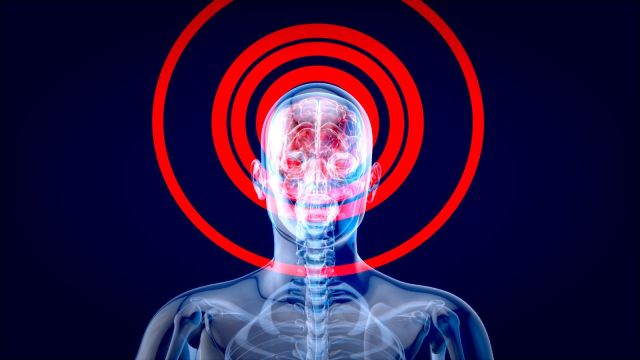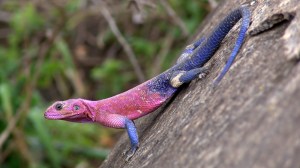Health authorities in Kerala are on alert after a sudden spike in cases of fatal brain infection caused by a “brain-eating amoeba” called Naegleria fowleri. A total of 61 confirmed cases and 19 deaths have been reported over the past few weeks with sporadic cases across the state rather than the cluster ones linked to a single water source that happened in the past. What’s worrisome is that it affects all age groups.
The “brain-eating amoeba” is known to manifest as very high fever and rapid deterioration of vitals. It is found in warm water habitats. It doesn’t survive in saline conditions and is hence not found in sea water. It survives on bacteria found in the sediment in lakes and rivers.

Dr Rajeev Jayadevan, a specialist physician from Kerala who had co-chaired the national Indian Medical Association’s Covid task force, told The Indian Express that this is not a new outbreak, it is just that Kerala is reporting more cases than before. “Given past cases, it has recently become standard practice to do special tests for amoeba whenever a patient comes with symptoms of brain infection. The infection is a result of an organism accidentally entering the brain, simply because water entered the nasal cavity frequently and in large amounts,” he added.
What is Naegleria fowleri?
Story continues below this ad
Naegleria fowleri, commonly known as “brain-eating amoeba,” is a single-cell organism found in a warm freshwater environment such as lakes and other water bodies. The amoeba enters the body through the roof of the nasal cavity while swimming or bathing when the person intentionally pushes water up the nose by habit. This area is separated from the brain by only a small thin piece of bone called a cribriform plate. As water can get trapped in the cavities within the nose, the amoeba then travels to the brain, leading to a severe and usually fatal brain infection known as primary amoebic meningoencephalitis (PAM). This leads to inflammation of and damage to brain tissue.
Activities like diving or jumping into warm freshwater bodies can force water up the nose, providing an entry point for the amoeba. When threatened, amoebae can enter a cyst form — which is resistant to damage by the environment and extreme temperatures — and then switch back to its active form when conditions are favourable.
What about symptoms?
Symptoms usually appear within a week of infection and include severe headache, fever, nausea, vomitting, stiff neck, confusion, seizures and hallucinations. As the infection progresses, the patient can slip into coma and ultimately death. Prompt medical intervention is crucial. The infection doesn’t spread from one person to another.
What about testing and treatment?
In practice, in about 70% cases of brain infection, the exact causative agent remains undiagnosed. Amoebae account for 1 to 7 per cent of such undiagnosed cases of brain infection. Amoeba can be detected only by performing special tests on the cerebrospinal fluid, and, therefore, many cases of amoebic brain infection will be missed if this test is not performed. The recent increase in the number of cases in Kerala is the result of a change in investigating protocols of meningoencephalitis to include these tests given past histories. A combination of anti-parasitic drugs is used for treatment.
Story continues below this ad
What preventive measures can be taken to manage natural water bodies?
There are hundreds of species of amoeba, of which only three or four are associated with brain infection. So limit activities in warm fresh water bodies unless they are disinfected with chlorine. Follow proper hygiene, washing your hands thoroughly with soap and water before and after water activities, as well as before eating. Use sterile water for nasal cleaning.
Can one contract Naegleria fowleri infection from a properly disinfected swimming pool?
If the chlorine levels are monitored regularly and hygiene maintained, there’s no risk.

































